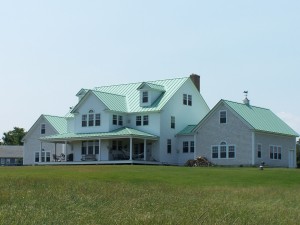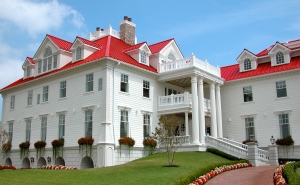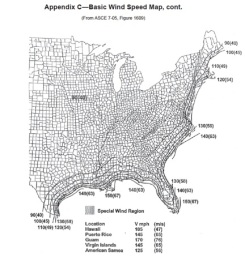
Drexel Metals Standing Seam Roof
While metal roofs are known for durability and energy-efficiency, their initial cost sometimes creates the wrong impression that they might be too expensive. The reality, however, is far different; metal roofs actually provide more financial benefits than traditional asphalt shingles, producing an amazing return on investment that few other materials can match which is why metal roofs have become the second largest residential roofing product on the market today. Here are four ways that a metal roof can save homeowners money:
1. Metal Roofs Increase the Value of a Home
When people consider ways to increase a home’s value, they generally think of the bathroom or kitchen. However, choosing to invest in a metal roof is one of the most effective ways to attract potential buyers and raise property value. Besides the appeal of a brand-new roof, there are a number of reasons why metal roofs add to curb appeal.
Besides looking sleek, metal roofs are healthier for the environment than other materials, like asphalt. With the growing emphasis on developing sustainable forms of construction, making a house more eco-friendly is a way to future-proof it and keep it ahead of the technological curve.
Metal roofs also last longer. This helps quell any reservations a potential buyer may have about replacing a roof or performing major renovations post-purchase. With very basic, infrequent maintenance, these designs can last 35 years or longer.
As reported by Sal Alfano of Remodeling Magazine, homes with a standing seam metal roof show a rate of 85.9% cost recouped making a metal roof a very smart investment for your home.
2. Metal Roofs Save Money on Energy
Metal roofing is considered “cool” roofing—and for good reason. Homeowners who install metal roofs frequently report a decrease in overall energy costs due to the infra-red reflecting pigments used to reflect rather than absorb heat energy.
Metal roofs can help keep homes nice and cool during the summer months. When combined with proper attic insulation, metal roof designs can also help stabilize temperatures during winter. Metal Roofs have really thin thermal mass allowing them to dissipate any absorbed heat gain quickly through your properly ventilated roof system. Heat rises so the use of proper ridge vents and soffits will help to reduce the amount heat into your attic or dwelling.
The color of your metal roof may also influence energy costs. Lighter colors can reflect the sun’s ultraviolet rays, which helps keep the interior comfortable. This effect can be enhanced through light-colored finishes, and for cooler climates, a darker-color finish may help absorb heat, a natural form of energy, to help keep the house warm. Energy Start listed metal roofs use a solar reflectance percentage to provide you with amount of solar heat reflected back into the atmosphere.
Here’s how it works: If you install a Regal White metal roof that has a solar reflectance of 70% this means that 30% of the heat will be absorbed and the balance (or 70%) will be reflected away from your structure. According to Oak Ridge National Lab, every 1% of absorbed heat percentage is equal to a 1 degree F increase in your surface temperature.
According to a study conducted by the Florida Power and Light Company, “findings indicate energy savings are most strongly influenced by the solar reflectance of roof materials.”
3. Metal Roofs Are More Resilient and Last Longer
Many homeowners have faced the challenge of re-shingling a roof—especially after rough snowstorms or strong winds. Fortunately, metal roofs do not tear like asphalt shingles, and as a result, they are better prepared to withstand adverse weather.
This means maintenance costs are generally much lower. It also means the roof can easily last more than 35 years without any serious repairs.
With warranties that usually extend up to 50 years, it’s easy to appreciate how strong and reliable metal can be. It’s that strength and integrity that saves homeowners money in typical shingle repairs. Metal Roof warranties are transferrable and if the paint fails for any reason you will be covered for both replacement materials and labor (certain manufacturers only).
4. Metal Roofs Allow for Insurance Premium Reductions
There is no better roof system to protect you and your belongings against the element than a metal roof. Whether it’s wind, fire or hail metal roof systems have been tested and approved to meet some of the most stringent building codes in the country. Check with your Insurance provider to see they offer a discount program if you install a metal roof. We have heard of discount of 30% or more.
Authored by: Paul Kazlov is a “green” home remodeling enthusiast and an industry pioneer for innovation in home renovation. Paul writes for the Global Home Improvement blog and strives to educate people about lifetime remodeling solutions such as metal roofing. Follow him on Twitter @PaulKazlov.
Links to: Global Home Improvement (http://www.globalhomeinc.com)
@PaulKazlov (http://twitter.com/PaulKazlov)










